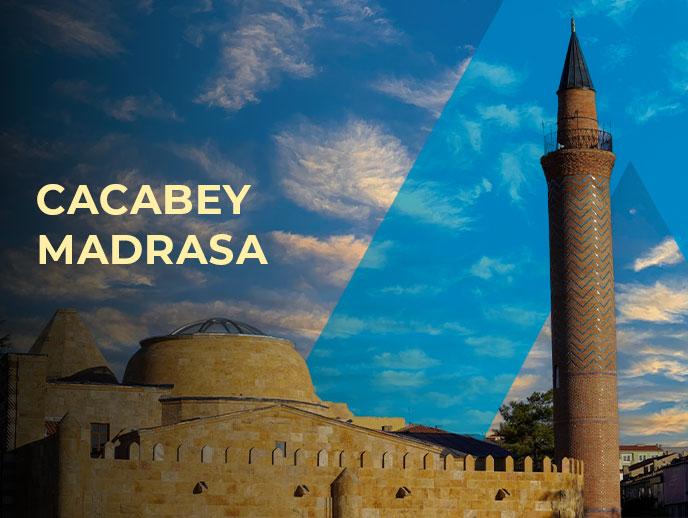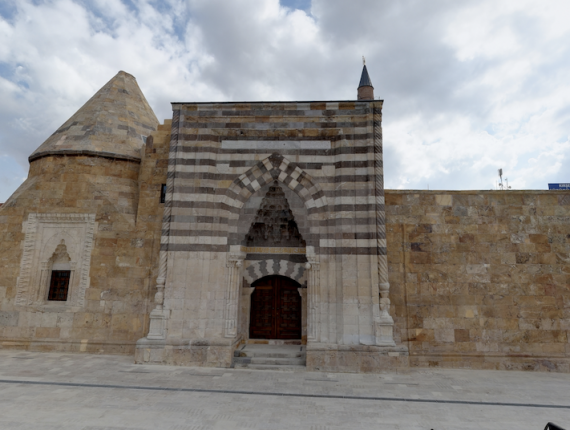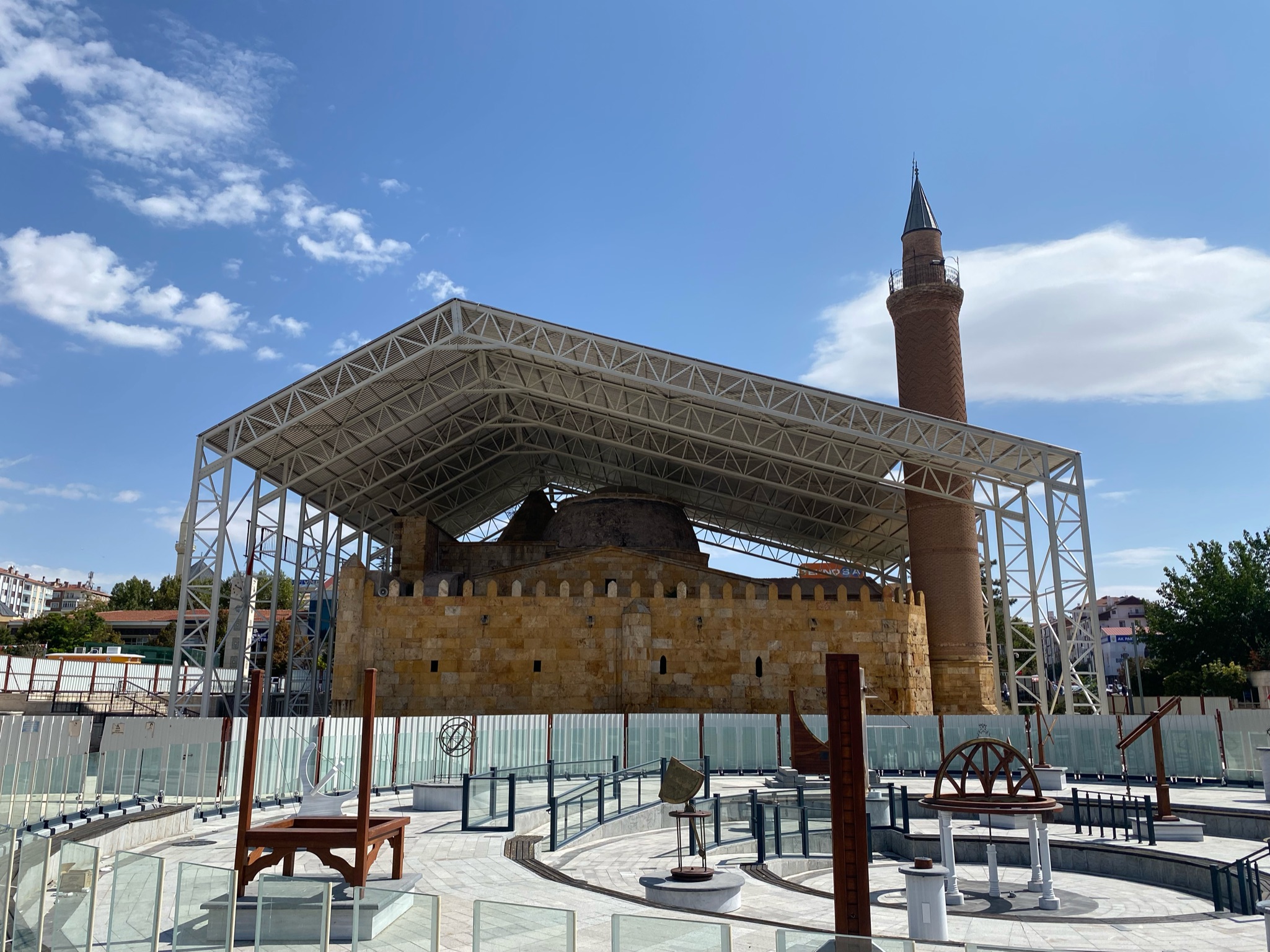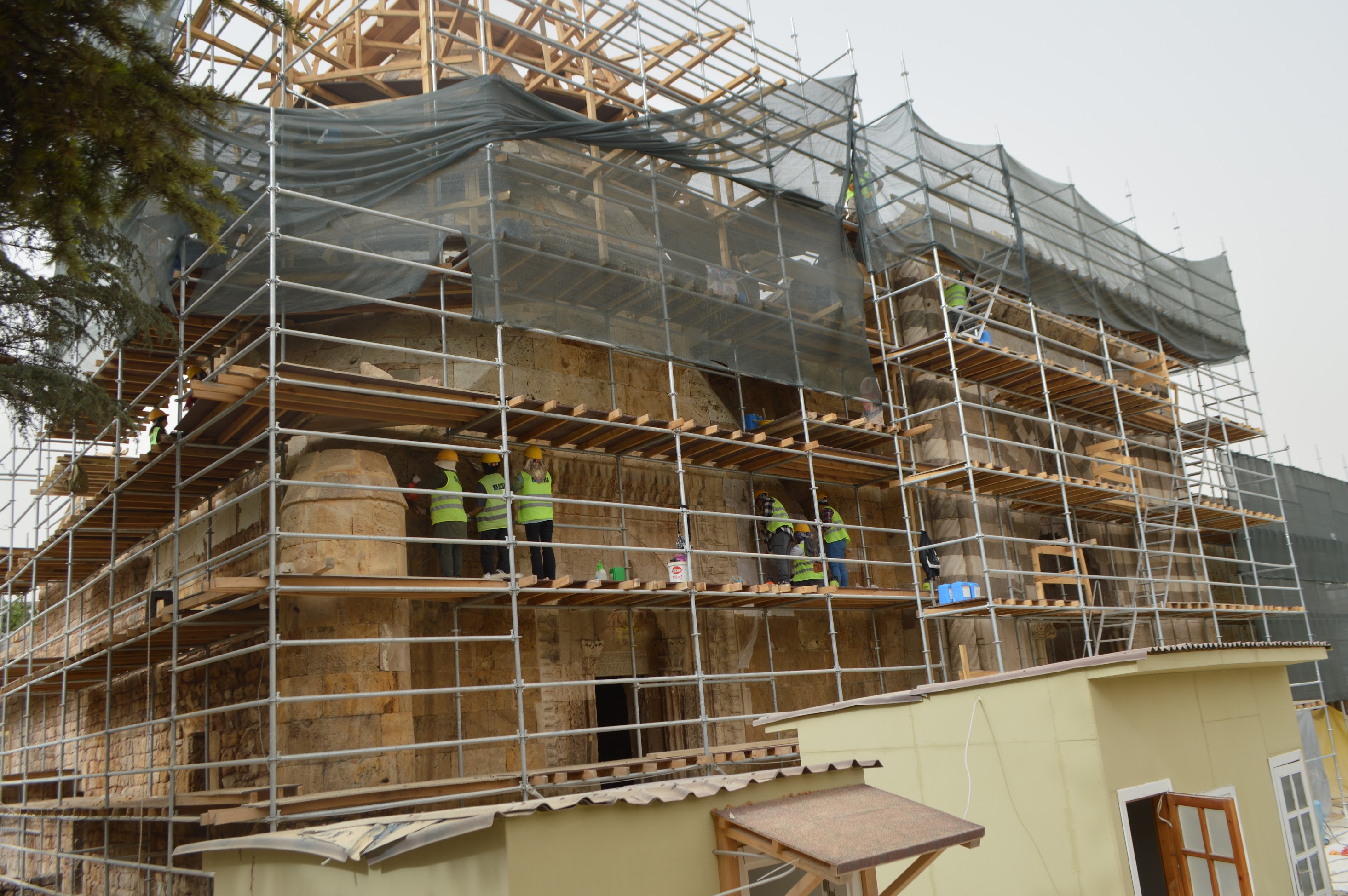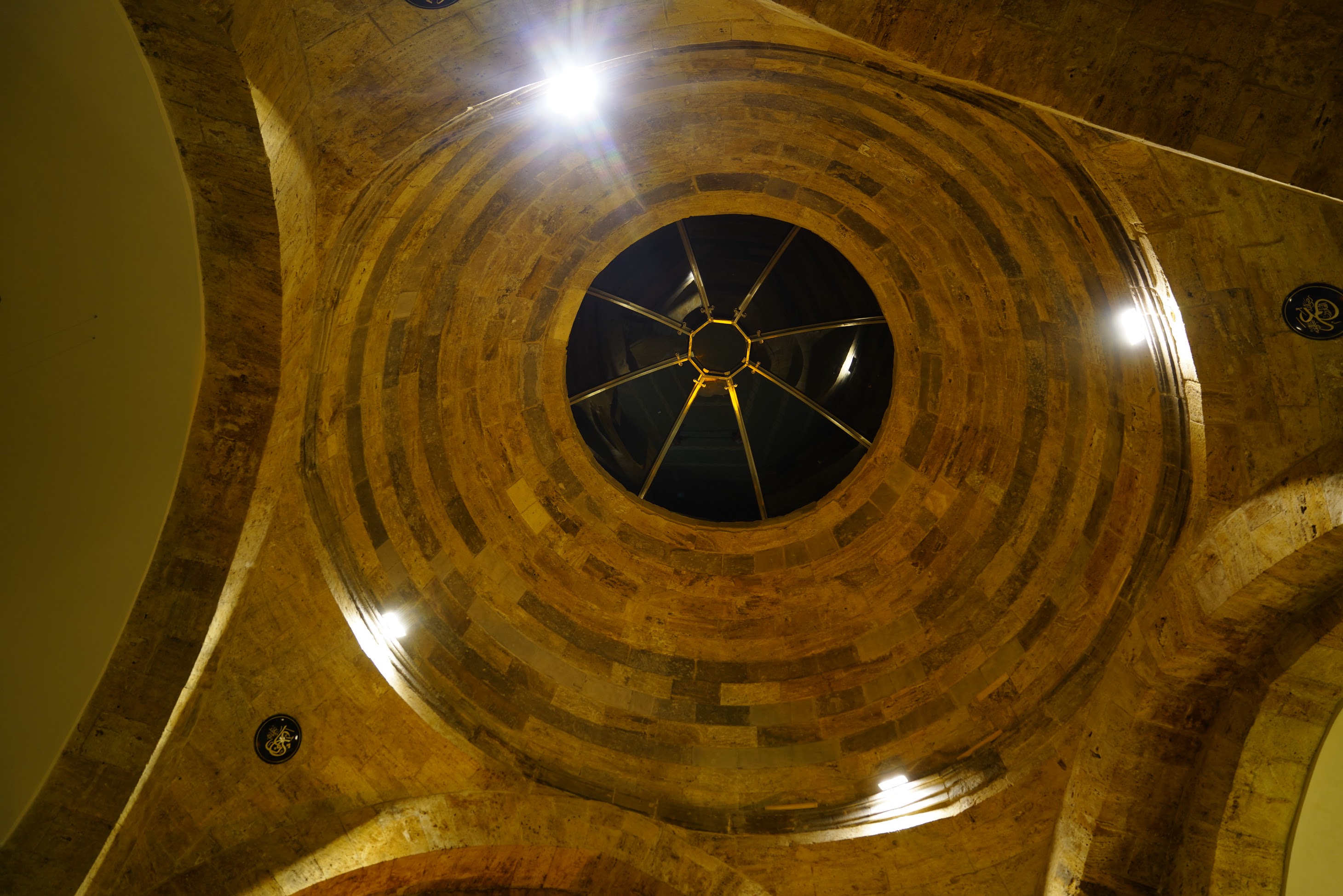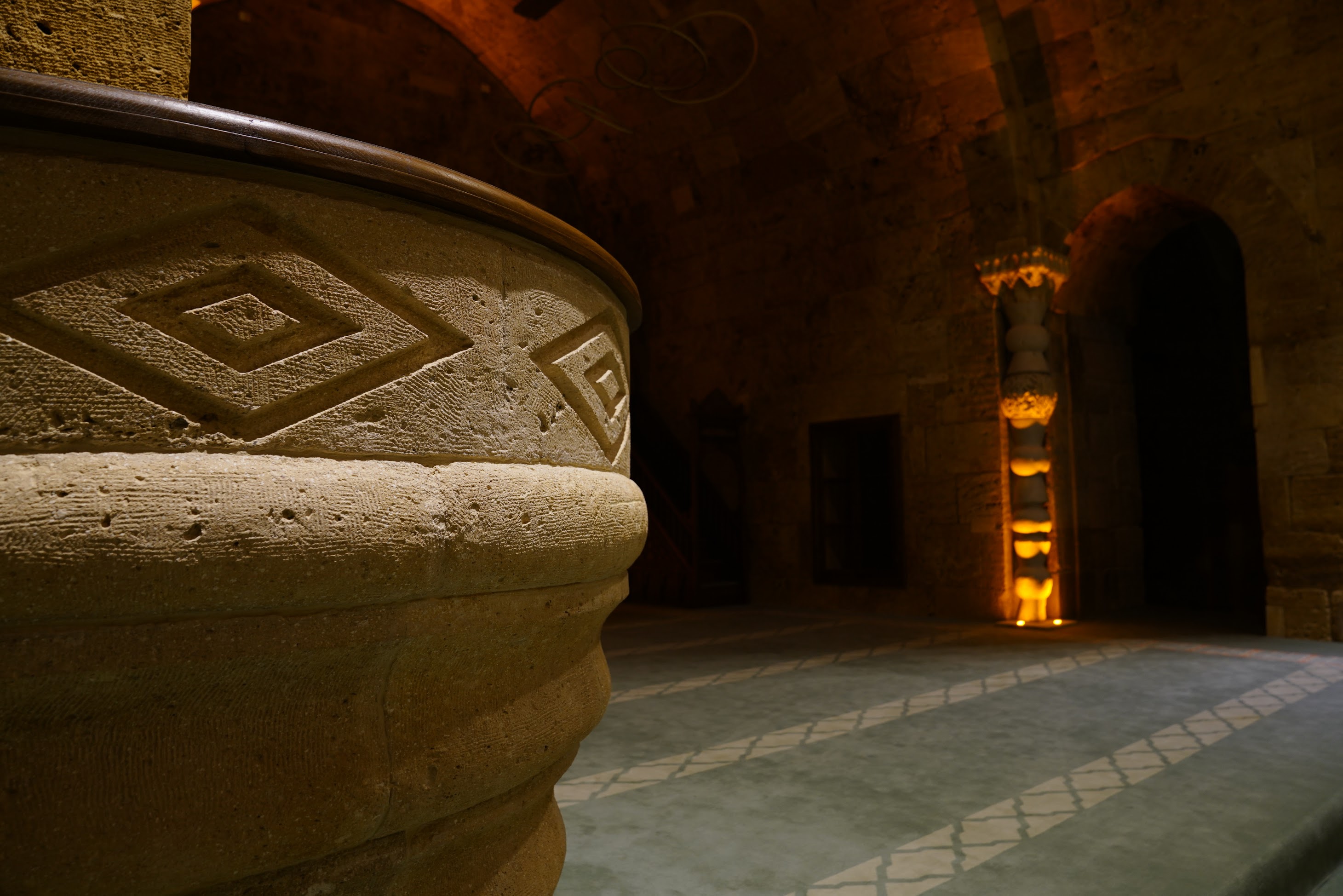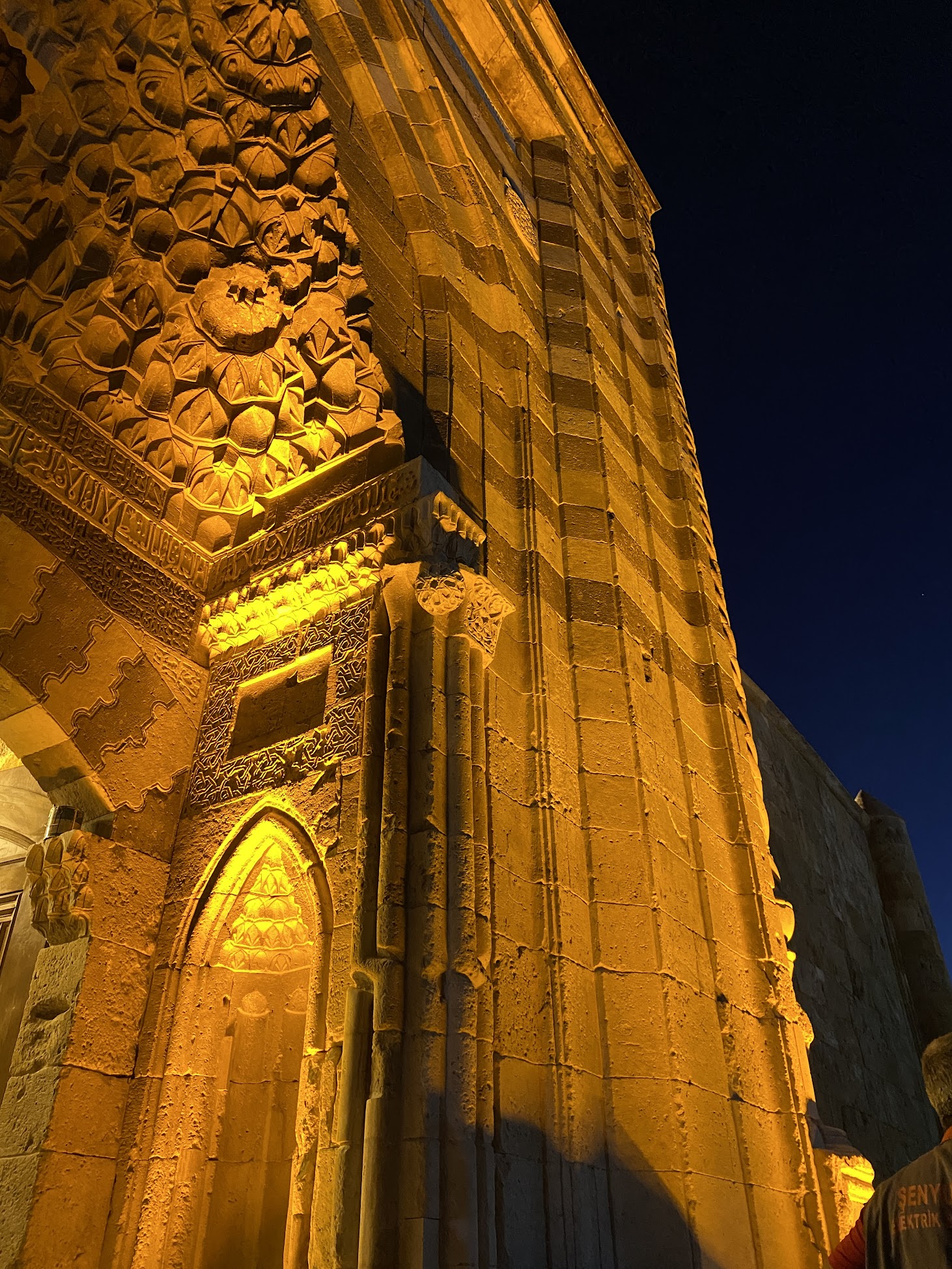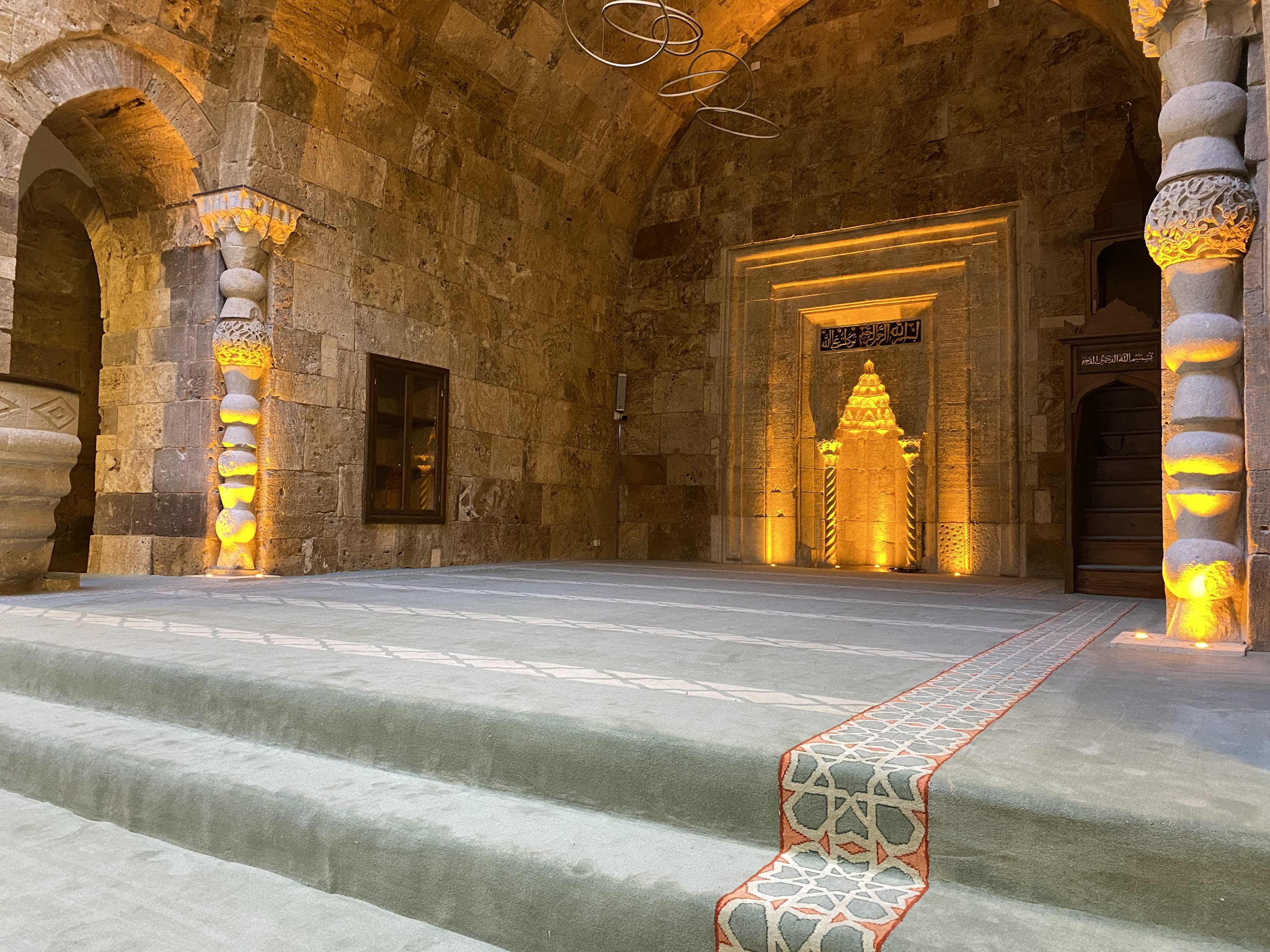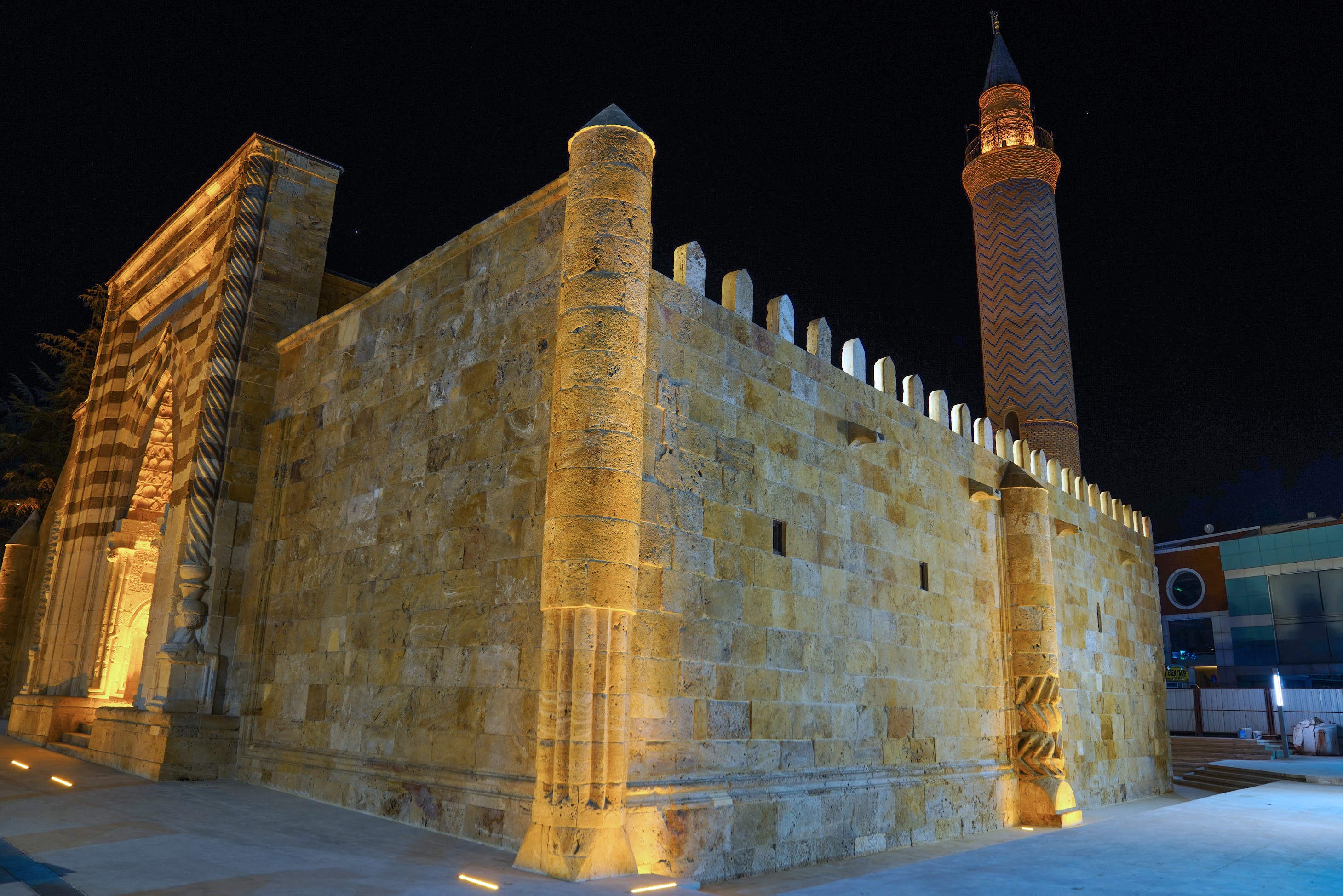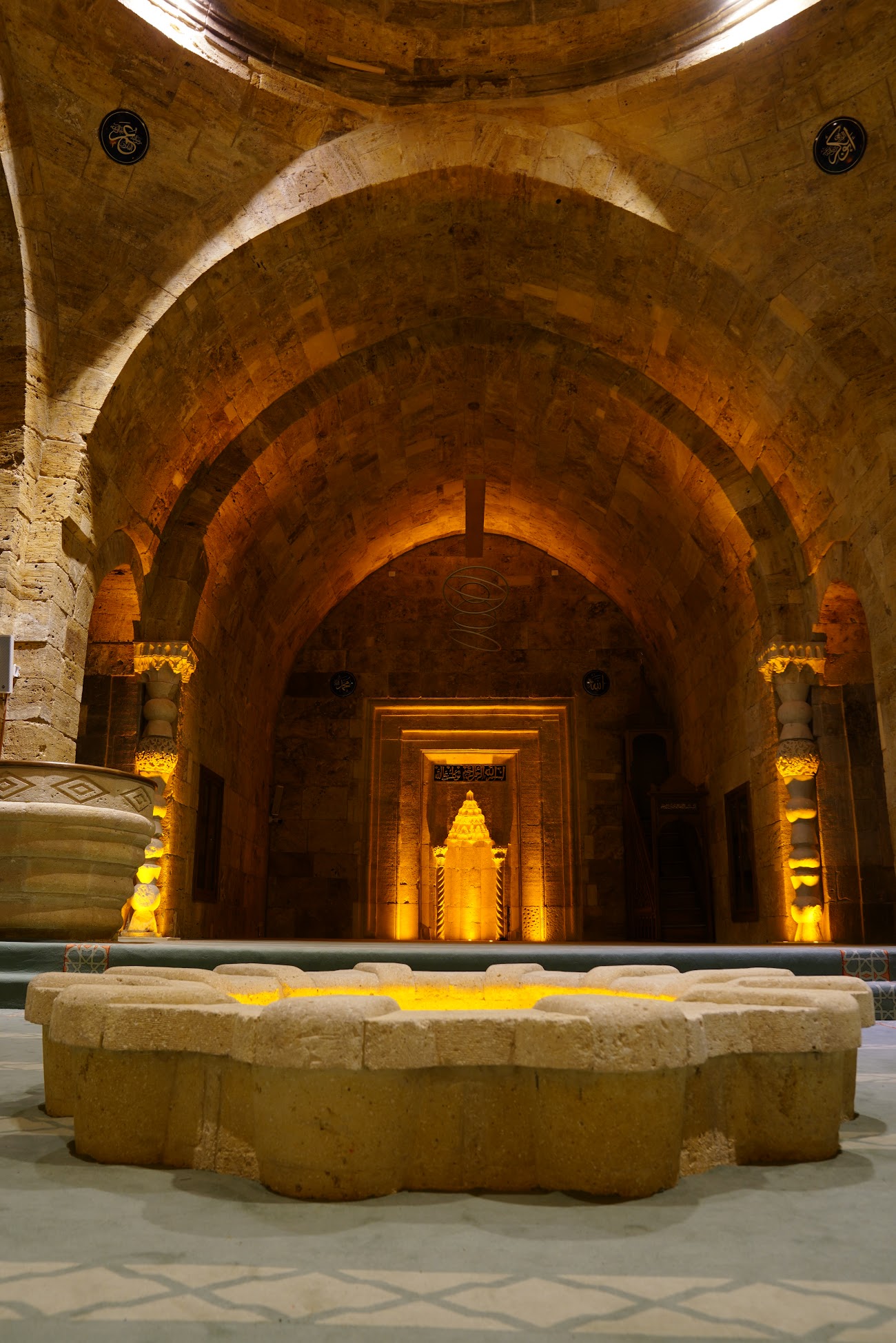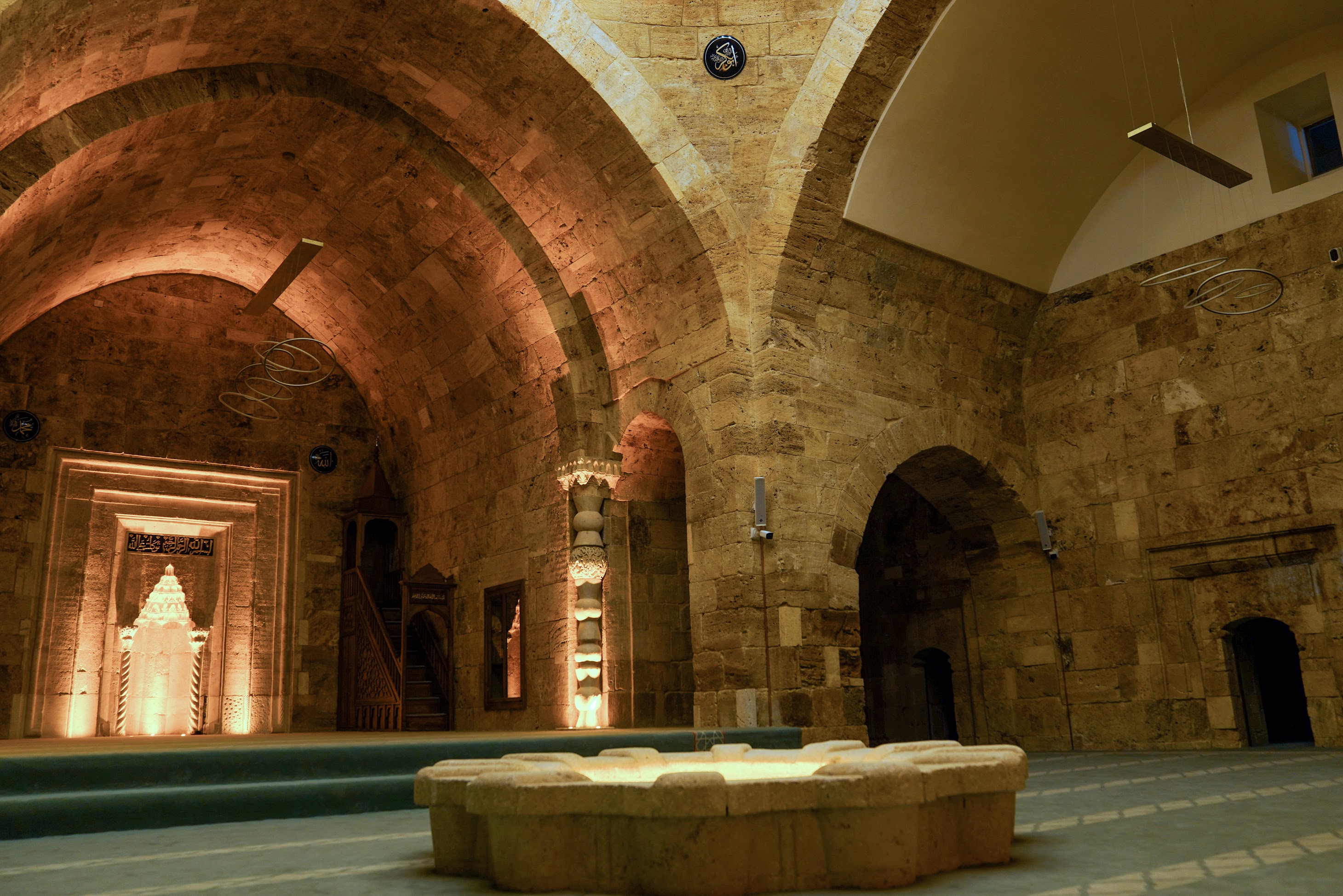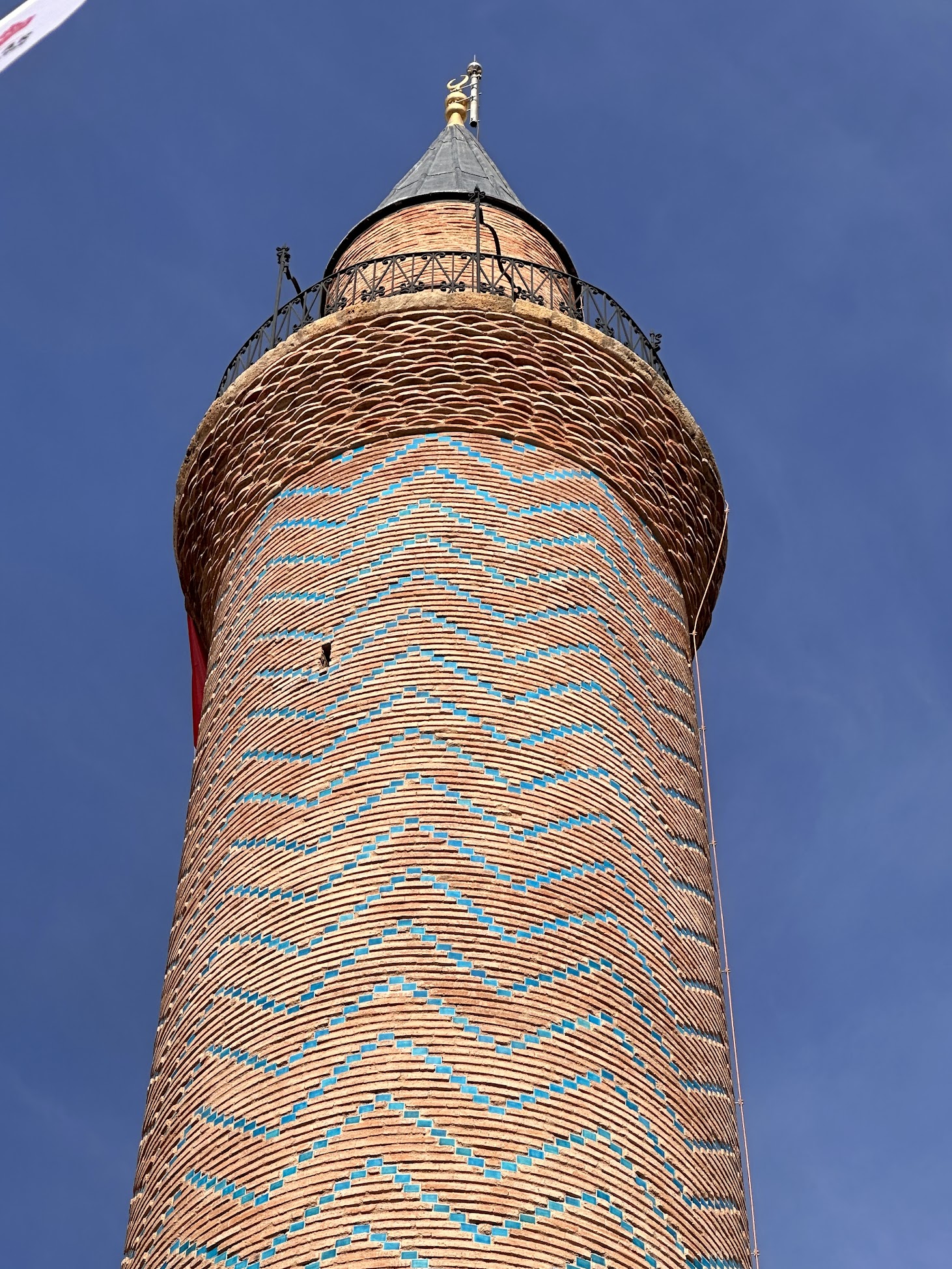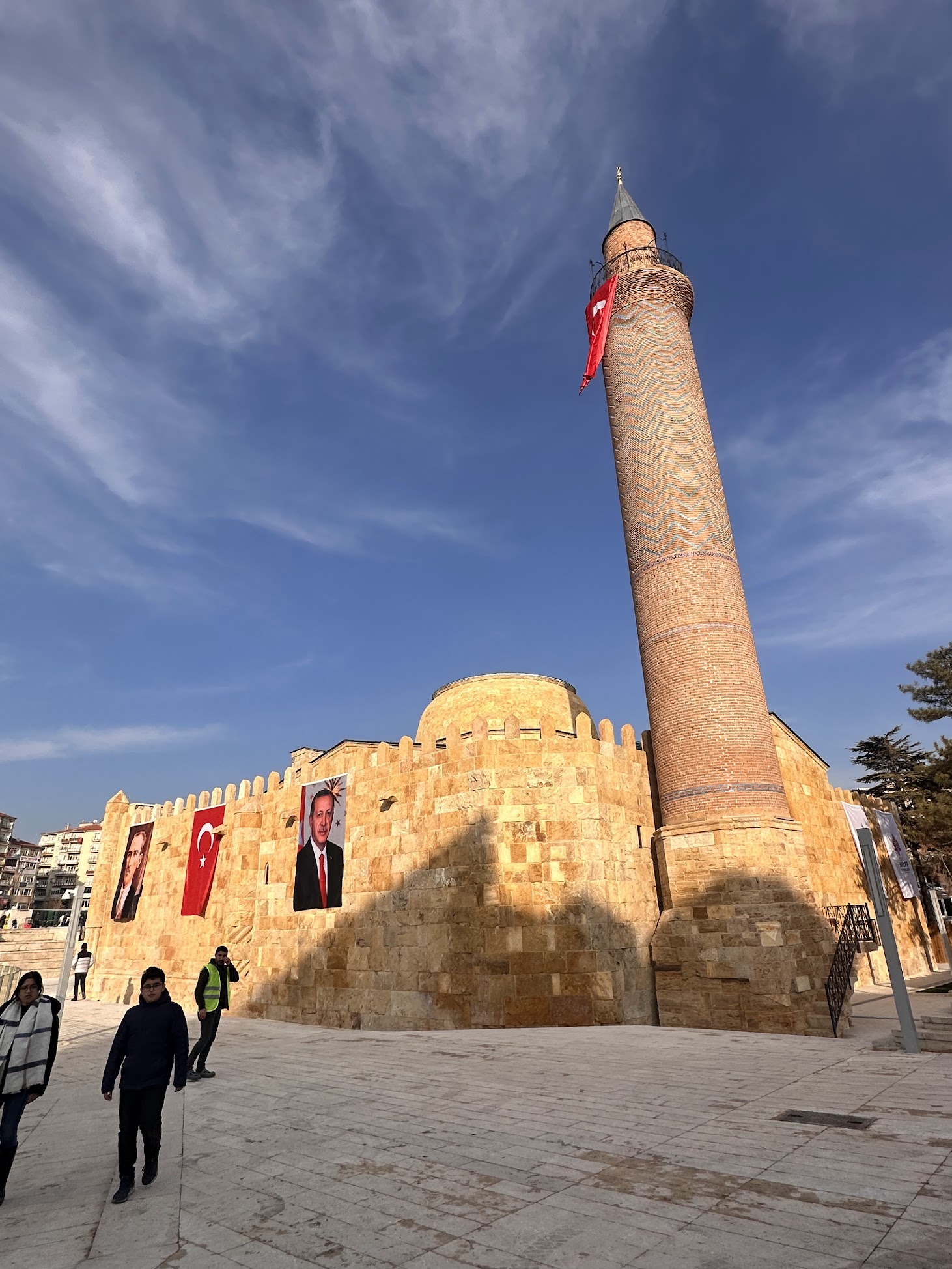CACABEY MADRASA
A monument from the Seljuk period, the Cacabey Madrasa was built in the year Hijri 671 (1272–1273 AD), during the reign of Sultan Kaykhusraw III, the son of Kılıçarslan, by Nureddin Cebrail (Cibril) bin Caca, the Emir of Kırşehir, as stated in the inscription above the portal. The earliest known record of the structure is a correspondence from 1696 regarding the appointment of a professor, found in the Prime Ministry Ottoman Archives. According to this correspondence, the building functioned as a madrasa from 1696 until the early 1700s.
In 1858, A.D. Mordtmann noted that the building was being used as an ammunition depot and included a description of the madrasa in his writing. An archival document from 1871 (Hijri 1288) records that the mosque, minaret, and madrasa in Kırşehir were in a state of ruin and requests repairs. In response to a restoration request in 1899, the dome of the structure was repaired.
Cacabey Madrasa is a classic example of the “closed madrasa” type, frequently seen in Anatolia, with a central courtyard covered by a dome. Built of ashlar (cut stone), the structure follows a rectangular floor plan. Four iwans open onto the courtyard, each covered with a barrel vault. Around the iwans are small student cells, and flanking the large iwan are two large rectangular rooms. The central courtyard is covered by a dome. In the original architecture, there was a skylight (light lantern) above the courtyard, which today has been enclosed with glass.
At the center of the courtyard, there is a stone şadırvan (ablution fountain). The entrance façade features a monumental portal framed by a broken-pointed arch and crowned with a muqarnas niche. At both corners of the portal are clustered engaged columns.
The madrasa underwent restorations in the years 1899, 1941, 1947, 1951, 1959–1963, 1996, and 2006.
As ALBA İnşaat, we completed the restoration of the building between 2021 and 2022.

